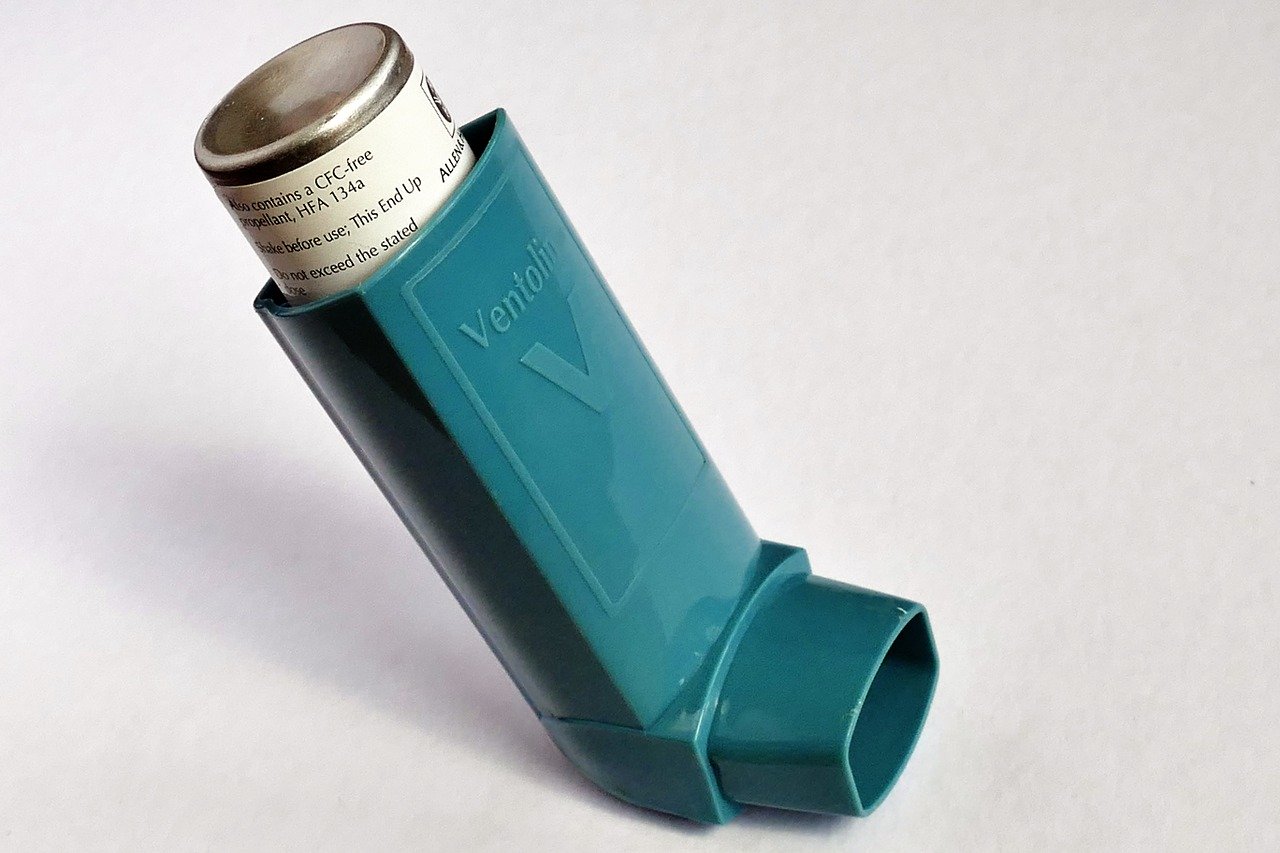According to the Asthma and Allergy Foundation of America, one in four Americans suffer from asthma or the effects of allergies. Eliminating or reducing household triggers is essential to minimizing exposure to dangerous airborne pollutants. Whether it is asthma, seasonal allergies or indoor allergies, one of the most simple and cost effective methods of reducing molecular and particulate triggers is to purchase and implement the use of high quality air filters.
How is Clean Air Related to Asthma and Allergies?
James T. Li, M.D. of the Mayo clinic had this to say about air filters, “Air filters that remove small particles – such as high-efficiency particulate air filters – are effective in removing allergens from the air, without posing any ozone concerns. To work effectively, filters need to be cleaned or replaced regularly, according the manufacturer’s instructions.” Doctor Li is also chair of the Division of Allergic Diseases in the Department of Internal Medicine.
With this in mind, it is important to consult with your doctor about your specific condition and circumstances. Speak with your doctor about all of your symptoms and be sure to take note of any sources of allergens that may be making your asthma or allergies worse. Some of the triggers for asthma and allergies are:
- Pet dander
- Mold spores
- Dust
- Pollen
- Chemical vapors
- Pathogens
- Smoke
Keeping the Air in Your Home Clean
It is important to ensure that the air quality in your home is as clean as possible. There is not a great that can be done about outside allergens when you leave your home. You do however have a high degree of environmental control over your home.
- Ensure that your vents are cleaned and dust free. Vacuuming regularly and properly disposing of the bags or dirt helps to lower levels of irritants and pollutants.
- Regularly cleaning the surfaces of appliances, counters, and furniture will further clean your home as well.
- Using cleaners that are mild but still reduce bacteria and viruses from flourishing is ideal as well.
- Ensure that areas that store chemicals paints and cleaners are well ventilated and not near your ventilation or air-conditioning unit. Chemicals like bleach or paint thinner can affect and aggravate asthma and allergy symptoms.
- Tobacco smoke is another culprit, as is any smoke or fumes from burning materials.
The Importance of Air Filters
The biggest but perhaps most important step to take is to choose a high quality air filter. While price is not always a function of quality, pick up the best filter you can afford; do not skimp. Air filters reduce indoor pollutants like particulate and molecular triggers by trapping them and preventing them from reentering the air in your home.
Filters that have been treated with anti-microbial actives inhibit the growth and spread of mold and bacteria in the air. Airborne bacteria and mold are two pollutants that can severely affect those with and without asthma and allergies.
Choose a pleated air filter with carbon to trap or capture molecular triggers such as vapors from chemicals or airborne pathogens. Typical filters, without carbon or another proven molecular active, do not capture chemical vapors.
Make sure to replace your filters at, at least the intervals recommended by your manufacturer. For cleaner air replace the filters more often.








